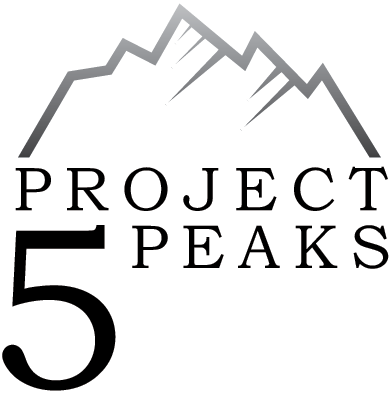Acclimatisation
story by Allert Bosch
Headache, lack of appetite, low energy and bad sleeping... If you’ve ever been high in the mountains, you know that acclimatization is not really fun. How fast you acclimatize really differs from person to person and there’s not a lot you can do about it. Unfortunately I’m a pretty slow acclimatizer. Last year on Pik Lenin (7.134m) in there were many moments in which my pounding headache was so severe that I couldn’t do anything else than lay down in the foetus-position inside my tent.
So, this year on Khan Tengri (7.010m) we tried something new: hypoxic tents (from http://altitudedream.com/). In an earlier blog you can read that before the expedition we slept for four weeks in tents that could simulate high altitude by regulating the amount of oxygen. We hoped that by doing this we would speed up our acclimatization process on the mountain, thereby reducing the total time we would spend on altitude and the related risks for altitude sickness.
Just after leaving Camp 1.
There were more reasons for arriving pre-acclimatized. First of all we live in the Netherlands and going directly from sea level by helicopter to the basecamp at 4.000 meter is quite a risk to develop altitude sickness when not acclimatized. Second, the icefall between C1 (4.200m) and C2 (5.300m) on Khan Tengri is very exposed to rockfall and avalanches. Normally people make an acclimatisation trip from BC - C1 - C2 - C3 - C1 - BC before going for a summit push. This means you would have to pass the icefall four times in total. We only wanted to climb this section once to reduce the risks. The third reason was that we wanted to optimize our chances to climb both Peak Pobeda and Khan Tengri within our timeframe. Pre-acclimatization would definitely increase those chances!
Since we have normal jobs, going for two weeks to the alps or another mountain to acclimatize before the expedition wasn’t an option and so we tried these tents. We had no idea if it would really work, but thought it was worth the try. So, did it work??
Last year we stood on top of Pik Lenin, 19 days after arriving in Basecamp. This year we stood on top of Khan Tengri 10 days after arriving in BC. Only based on this you could already say that it’s a clear ‘yes’. I think we could have even done it one or two days faster if we had better weather. But the best part is actually that I didn’t feel miserable at all. Yes of course, we still had all the symptoms you would normally have when climbing high mountains and I had quite low saturation levels from time to time, but it was a major difference compared to Lenin last year! After Lenin I was physically exhausted, after Khan Tengri I was tired, but was still very fit and ready to tackle the next one!
Gijs at the upper part of the glacier below the icefall (4.600m)
In Camp 2, with Khan Tengri in the background.
What definitely also played a role, is our experience from last year. We knew much better what is ‘normal’ on these altitudes and what your body is capable of. This was a huge mental difference. Also practically, for example when arriving at a new higher camp not directly start digging a spot for your tent in the snow, but instead relax for a bit first and drink a lot.
Camp 3
All in all, we were very satisfied with the use of the hypoxic tents and I would definitely use it again!
We are curious to hear your opinion on using a hypoxic tents for expedition climbing, please let us know!
Gijs and Martin just at 5.900m.
Our schedule on Khan Tengri
21/07 - 4.000m Arrival in BC by helicopter
22/07 - 4.200m - C1
23/07 - 4.600m - Small load carry to icefall, then return to BC due to bad weather forecast
24/07 - 4.000m - Rest day in BC
25/07 - 4.200m - To C1 and stay there
26/07 - 5.300m - To C2 and stay there
27/07 - 5.700m - Acclimatisation to C3, sleep in C2
28/07 - 6.050m - Climb to 6.050m and then return to C3 (5.700m) and stay there
29/07 - 5.700m - Rest day in C3
30/07 - 5.700m - Bad weather day in C3
31/07 - 7.010m - Summit day!
01/08 - 5.700m - Stuck in C3 due to bad weather
02/08 - 4.000m - All the way back to BC
